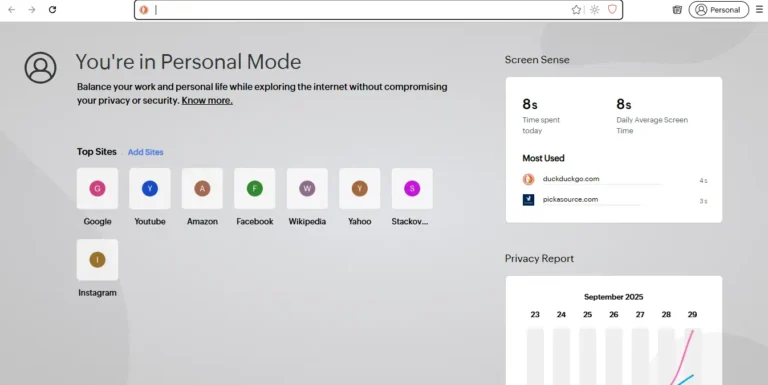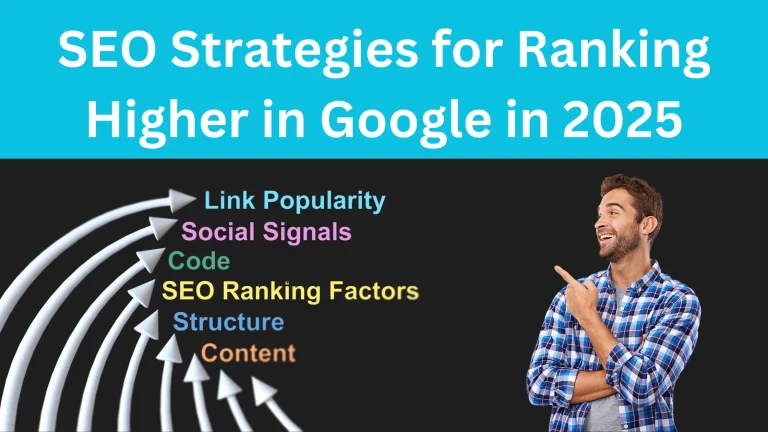The Ultimate Guide to Keyword Research for SEO (2025)

Understanding Keyword Research for SEO
Keyword research is the foundation of effective search engine optimization (SEO). Without a solid keyword strategy, even the best content can fail to attract the right audience. In 2025, with Google’s evolving algorithms, AI integration, and shifting user behavior, understanding how to perform keyword research is more important than ever. This comprehensive guide will walk you through everything you need to know about keyword research—from basic principles to advanced strategies—so you can build a sustainable SEO presence that drives real traffic.
What is Keyword Research?
Keyword research is the process of identifying and analyzing the search terms that people enter into search engines. These insights help marketers and content creators understand what their audience is looking for and how to tailor content to meet that demand.
At its core, keyword research answers the question: “What do people want to find online, and how can I provide that information better than anyone else?”
Why Keyword Research Matters in 2025
With the rise of voice search, AI-generated content, and Google’s natural language processing (NLP) improvements, keyword research has evolved beyond just finding popular search terms. In 2025, it helps to:
- Align content with search intent (what the user really wants)
- Identify untapped content opportunities
- Discover niche keyword variations
- Improve on-page, off-page, and technical SEO
- Optimize for semantic search and Google’s E-E-A-T guidelines (Experience, Expertise, Authoritativeness, Trustworthiness)
Search engines now prioritize content that answers specific questions and provides genuine value. That starts with targeting the right keywords.
Types of Keywords
Understanding the different types of keywords helps you plan more targeted and effective content.
1. Short-Tail vs. Long-Tail Keywords
- Short-tail (head keywords): 1–2 words, broad topics (e.g., “SEO”). High volume, high competition, low conversion.
- Long-tail: 3+ words, specific (e.g., “how to do keyword research for SEO”). Lower volume, less competition, high conversion.
2. Keyword Intent
- Informational: Looking to learn (e.g., “what is keyword research?”)
- Navigational: Looking for a specific site or brand (e.g., “Ahrefs pricing”)
- Transactional: Ready to take action (e.g., “buy SEO tools”)
- Commercial investigation: Comparing options (e.g., “best keyword tools 2025”)
3. Branded vs. Non-Branded
- Branded: Include brand names (e.g., “SEMrush tutorial”)
- Non-Branded: General terms (e.g., “keyword research techniques”)
4. Local Keywords
- Combine keywords with location-based modifiers (e.g., “SEO expert in Toronto”) to attract regional traffic.
How to Do Keyword Research: Step-by-Step
Step 1: Brainstorm Seed Keywords
Seed keywords are the starting point of your research. Think about:
- Core topics in your niche
- Questions your audience asks
- Products or services you offer
Example: If you run an SEO blog, seed keywords might include “SEO,” “keyword research,” and “search engine optimization.”
Step 2: Use Keyword Research Tools
Here are the most popular tools to uncover keywords in 2025:
- Google Keyword Planner – Great for beginners and paid search
- Ahrefs – In-depth keyword explorer, difficulty analysis, and content gap features
- SEMrush – All-in-one suite with keyword magic tool
- Ubersuggest – Budget-friendly option with solid keyword data
- AnswerThePublic – Visualizes questions and long-tail queries
- ChatGPT/Gemini/Claude – AI-based idea generation and clustering
When using these tools, look for:
- Search volume (monthly traffic)
- Keyword difficulty (competition)
- Cost Per Click (commercial intent)
- Related keywords and variations
Step 3: Analyze Search Intent
Intent is everything in modern SEO. Before targeting a keyword, ask:
- What problem is the searcher trying to solve?
- Are they in a learning phase, comparison phase, or ready to buy?
Then match the keyword with the right content type:
- Informational → Blog post or how-to guide
- Transactional → Product or service landing page
- Navigational → About or home page
Step 4: Check Keyword Difficulty & SERP Features
Use keyword tools to evaluate how hard it is to rank for a keyword. Check:
- Domain authority of current top-ranking sites
- Presence of SERP features (e.g., featured snippet, video box, FAQs)
- Content format of top results (list, video, case study, etc.)
Step 5: Group and Prioritize Keywords
Organize keywords into clusters based on:
- Topic relevance
- Intent
- Search volume
This helps you:
- Create focused content around specific clusters
- Internally link between related posts
- Support a pillar-and-cluster content structure
Keyword Metrics to Watch
Understanding keyword data helps you prioritize effectively:
- Search Volume: Monthly average of how often a keyword is searched.
- Keyword Difficulty (KD): A score (0–100) indicating how competitive the keyword is.
- CPC (Cost Per Click): Indicates commercial intent—higher CPC often means better monetization potential.
- Clicks & CTR: High impressions don’t always mean high clicks. SERP features may reduce click-throughs.
- Trend Over Time: Use tools like Google Trends to spot seasonal or emerging keywords.
Advanced Keyword Research Techniques
Keyword Clustering
Instead of focusing on individual keywords, group semantically related terms and optimize a single piece of content to rank for all of them. Example:
- “How to find keywords”
- “Best keyword research methods”
- “Step-by-step keyword research tutorial”
Competitor Keyword Gap Analysis
Use tools like Ahrefs or SEMrush to find keywords your competitors rank for that you don’t. This reveals content gaps and ranking opportunities.
SERP Feature Optimization
Target keywords that trigger rich results:
- Featured snippets
- People Also Ask (PAA)
- Video results
- Local packs
- Knowledge panels
Structure your content with FAQ sections and schema markup to increase your chances of appearing in these spots.
Using AI for Keyword Discovery
ChatGPT and other AI tools are great for:
- Generating keyword ideas based on prompts
- Clustering topics semantically
- Creating content outlines
- Exploring long-tail variations and questions
Programmatic SEO
For large websites or directories, create pages at scale using templates + keyword formulas. Great for:
- Local SEO (e.g., “Best dentists in [city]”)
- Product databases
- Comparison pages
How to Use Keywords in Content
Integrate keywords naturally throughout your content for maximum impact:
- Title Tags: Include the primary keyword toward the beginning.
- Meta Descriptions: Use keywords to improve CTR, but keep it human-readable.
- Headings (H1, H2, H3): Use variations and questions for SEO and readability.
- Body Content: Mention primary and secondary keywords, but avoid stuffing.
- Image Alt Text: Use relevant keywords to improve accessibility and image SEO.
- URL Structure: Keep it short and keyword-rich (e.g., /keyword-research-guide)
- Internal Linking: Use keyword-rich anchor text to related content.
Common Keyword Research Mistakes
Avoid these pitfalls that can hurt your SEO strategy:
- Targeting only high-volume, high-competition keywords
- Ignoring intent and targeting irrelevant traffic
- Over-optimizing with keyword stuffing
- Failing to update your keyword research regularly
- Not grouping keywords into topic clusters
Recommended Tools at a Glance
| Tool | Strength |
|---|---|
| Google Keyword Planner | Basic data, free for Google Ads users |
| Ahrefs | Competitive analysis, keyword gaps |
| SEMrush | Keyword research + SEO suite |
| Ubersuggest | Budget-friendly keyword research |
| AnswerThePublic | Visual keyword questions |
| ChatGPT | Idea generation, clustering |
Bonus: Keyword Research Checklist
- Define your seed topics
- Use tools to find keyword volume, intent, and difficulty
- Analyze SERPs to match user intent
- Group keywords into clusters
- Create and optimize content for each cluster
- Track performance and refine regularly
Conclusion
Keyword research is no longer about stuffing content with search terms—it’s about understanding your audience and solving their problems better than anyone else. By mastering both the science (tools, data, and metrics) and the art (intent, writing, structure) of keyword research, you’ll create content that ranks, drives traffic, and converts.
In 2025, SEO is about depth, intent, and semantic relevance. Use this guide as your blueprint, and start building a content strategy that stands the test of algorithm updates and outpaces your competition

With 5+ years of SEO experience, I’m passionate about helping others boost their online presence. I share actionable SEO tips for everyone—from beginners to experts.





